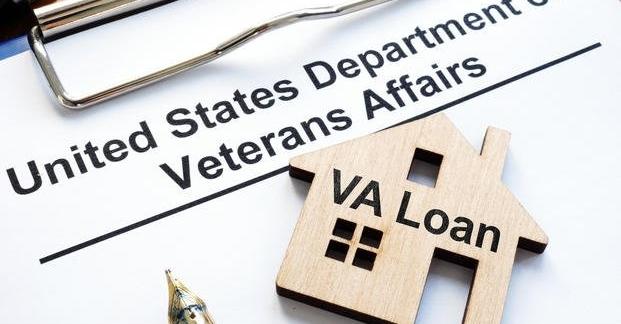Navigating the world of mortgages can feel akin to traversing a dense forest, with various paths each promising to lead you to the coveted prize: homeownership. Within this forest, VA loans emerge as a unique pathway specifically carved out for veterans and active-duty service members. But what makes this path so special? Let’s embark on an enlightening journey, illuminating the advantages and prerequisites of such loans.
1. What’s in a Name? Decoding the VA Loan
First and foremost, let’s demystify the term. such loans are essentially mortgage loans provided by private lenders, but what sets them apart is the backing of the U.S. Department of Veterans Affairs. Envision this loan as a safety net. While the lenders provide the funds, the VA vouches for the borrower, promising to step in should they falter on their payments. This guarantee empowers lenders to offer more favorable terms, translating to benefits that are often unparalleled by conventional loans.
2. The Alluring Advantages: Why VA Loans Shine
The VA loan isn’t just another mortgage option; it’s packed with advantages that cater specifically to its target audience. Picture a luxury car equipped with top-notch features designed for utmost comfort and efficiency. Firstly, such loans often require no down payment.
That’s right – securing a home without the initial hefty payment that most other mortgages demand is possible. Then, there’s the benefit of competitive interest rates, often lower than conventional loan rates. Furthermore, such loans come with no private mortgage insurance requirement, a feature that can save borrowers a substantial amount over the life of the loan.
3. Mapping the Eligibility: Who Can Embark on this Path?
Such loans come with an aura of exclusivity. Think of them as an exclusive diner’s club, not open for everyone, but for a niche clientele. Eligibility primarily revolves around service criteria. Veterans, active-duty service members, certain National Guard members, and some surviving spouses fit the bill.
The specifics entail serving a minimum period, which varies based on wartime, peacetime, or reserve duties. Navigating these criteria might seem intricate, but it becomes a straightforward process with the right guidance.
4. The Financial Spectrum: Navigating Monetary Aspects
While such loans are renowned for their flexibility, they’re not devoid of financial scrutiny. Envision a lighthouse, guiding ships (borrowers) safely to shore while ensuring they’re seaworthy. Most lenders typically lean towards a credit score of 620 or higher.
The borrower’s debt-to-income ratio is evaluated, ensuring they aren’t overburdened with debts. While these benchmarks exist, it’s heartening to note that such loans are generally more forgiving, accommodating borrowers who might not qualify for other mortgage types.
“Unlike other lenders, SoFi won’t charge you an origination fee for VA home loans.”
5. Preparing for the Journey: Essential Steps to Take
Securing a VA loan is akin to prepping for an expedition. It’s essential to gather the necessary provisions (documents) beforehand. Key documents include a Certificate of Eligibility (COE), which proves to lenders that you meet the VA’s service requirements. Next, ensure a clear financial picture by obtaining credit reports and ensuring they’re error-free. Finally, collaborating with a knowledgeable VA loan specialist can make the process smoother, acting as a seasoned guide on this unique journey.
Such loans emerge as more than just a financial product; they represent a nation’s gratitude, materialized into tangible benefits. If you find yourself eligible, why tread the conventional routes? Why not choose the path tailored for heroes, ensuring the journey to homeownership is as commendable as the service rendered? After all, a hero’s journey, in battle or towards a dream home, deserves nothing but the best.

